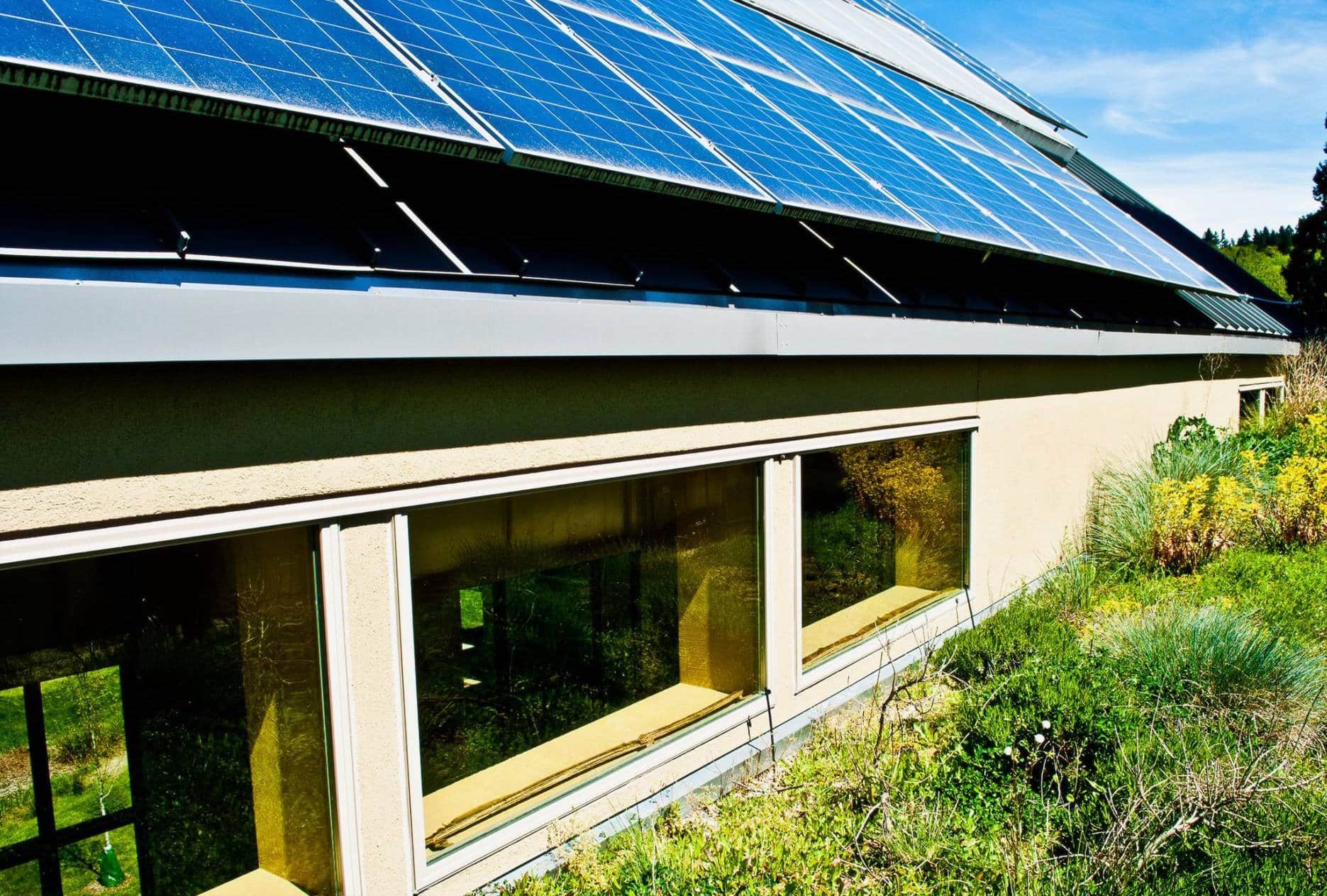
Calculating Carbon Emissions for a Green Building
Calculating Carbon Emissions for a Green Building
- posted on: June 2, 2023
- posted by: Robin Crowder
"*" indicates required fields

This blog was written by Shaelyn Chen, a masters student at the University of Washington. She is enthusiastic about energy, carbon emissions and climate change. We’re grateful for students like Shaelyn who are interested in this type of work — the future is bright because of people like her!
Studies have proven that one of the leading causes to climate change are Greenhouse Gas (GHG) emissions, where the five most significant gases are carbon dioxide, methane, nitrous oxide, fluorinated gases, and water vapor.

These gases are produced from electricity and heat production, agriculture, and land use changes (converting land from one use to another), industry, transportation, buildings, and other sources from energy-related activities [1].
Because so many of these gases come from the built environment, it’s important to look at whether green buildings can play a role in lessening GHG emissions. In this article, we look at carbon emissions from 21 Acres, a Leadership in Energy and Environmental Design (LEED) Platinum Certified [green] building [2], and specifically their commercial kitchen, to see what the data shows.
We analyzed a whole host of data using ENERGY STAR Portfolio Manager’s Building Emissions Calculator to help understand the purpose and benefits of a green building. (For more information on how 21 Acres became a green building, please see the Works Cited section [3]). The Building Emissions Calculator helps calculate a building’s GHG emissions and predicts the impacts of changes in efficiency and energy. Using a customizable spreadsheet, the user can input a building’s annual fuel type consumption and upload it to the Calculator for a breakdown of that building’s emissions via graphs and data tables [4]. This is a powerful tool and after entering in the appropriate data, we learned that 21 Acres’ Total Emissions were calculated to be 38,252 kg CO2e for the year 2021. (Please reference the Appendix for more data and results.) For comparison purposes, in the United States, the annual carbon emissions generated for commercial buildings in 2020 was 826×109 kg CO2e [5], which is significantly more than the data shows for 21 Acres’. This is encouraging when thinking about the potential impact of green buildings on lowering GHG emissions.
To achieve their goal of becoming a green building, 21 Acres adopted many design features and installed efficient energy systems that ensured that they would not only reduce energy consumption dramatically, but that they would even generate electricity as is the case with the large solar array on the roof. Now, after more than ten years of operating the data shows that this building is proof that smart design considerations can lead to reduced carbon emissions. Of course, with energy consumption comes cost, so by reducing energy consumption and thereby the associated GHG’s, green buildings not only have the potential to reduce carbon emissions and improve the air quality of the surrounding environment, they are also saving on the costs of operations.
Whether building new or renovating existing structures, it is possible to implement technology that reduces GHG emissions. In the United States, 11% of GHG emissions come from commercial buildings and homes due to burning natural gas [1]. Most homes use natural gas for cooking, heating and cooling spaces, and laundry dryers. Because of this, the switch from gas to electric can have positive impact. For example, 21 Acres is continually looking for ways to reduce their carbon footprint. When 21 Acres was originally designed, natura
Shaelyn Chen, masters student at University of Washington gas kitchen appliances were considered the greenest option. Since that time, views have changed dramatically and research shows that gas is not the best. Now, 21 Acres is looking to retrofit their kitchen and switch from gas to electric to reduce their overall carbon footprint even further. Using the Calculator, a gas-to-electric conversion could potentially save 88,200 therms. This would mean that 21 Acres’ total emissions would become 28,153 kg CO2e from the original 38,252 kg CO2e. Just this one example shows how if more commercial buildings and homes electrify their appliances, carbon emissions could begin to reduce globally.











 back to blog overview
back to blog overview








